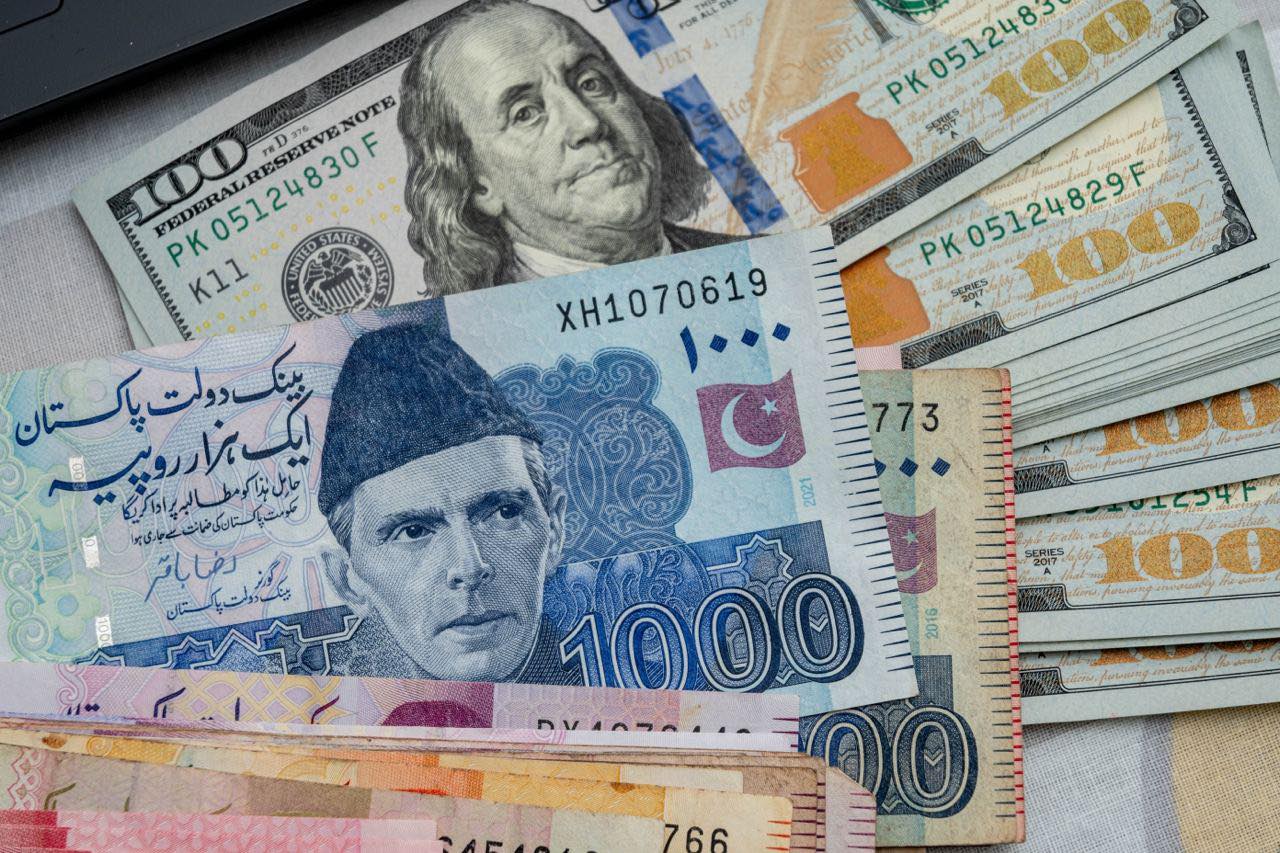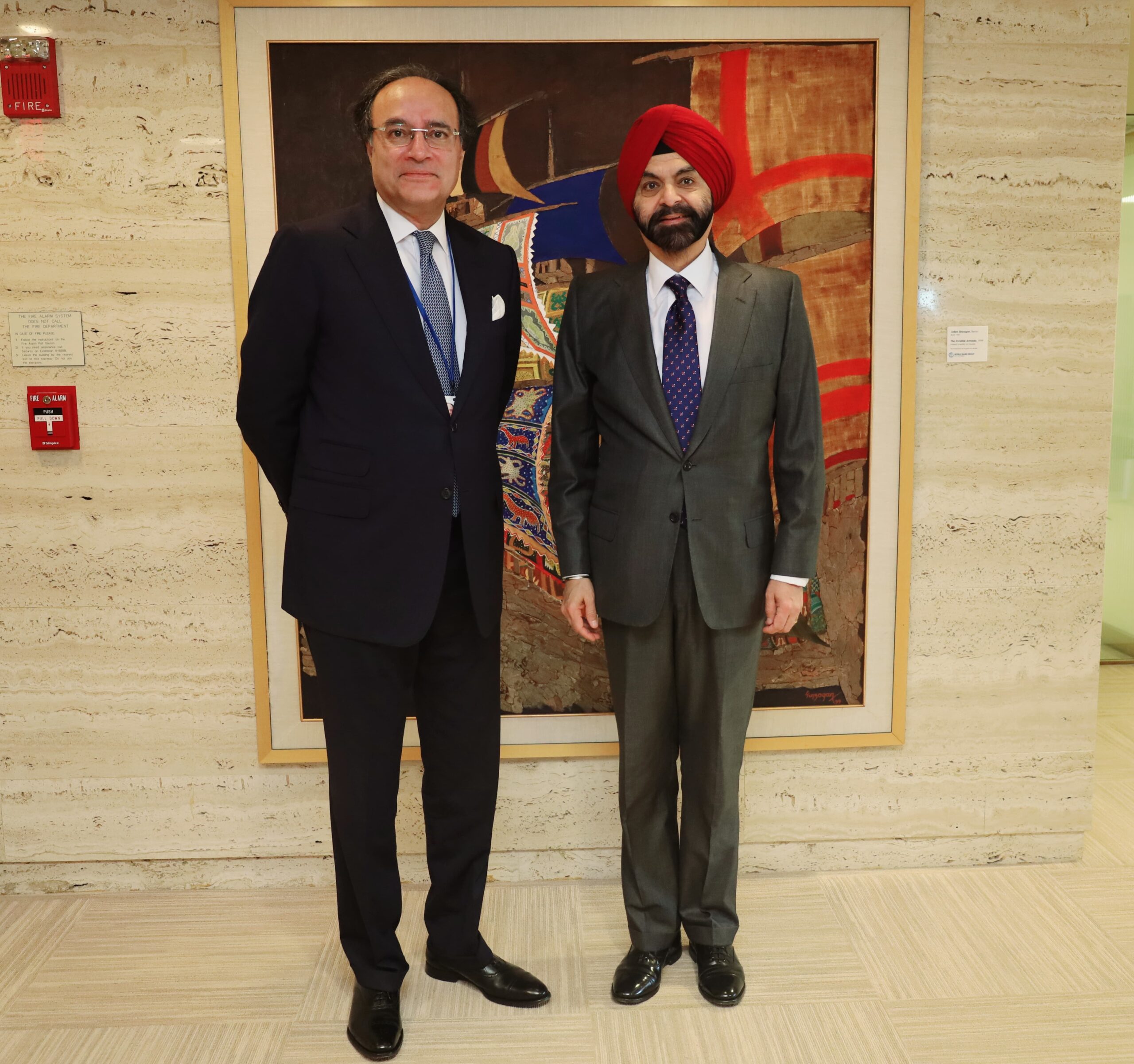PTBP Web Desk
The Pakistani rupee witnessed a slight improvement against the US dollar during the early trading hours on Friday, marking a 0.08% appreciation in the inter-bank market. At 10:15 am, the currency stood at 278.43, gaining Re0.21 from the previous day’s closing value of 278.64, as reported by the State Bank of Pakistan (SBP). This minor uptick comes amid broader global financial developments that continue to shape currency dynamics.
The rupee’s performance is closely tied to international economic trends and local market conditions. The recent gain, although modest, signals a temporary relief for Pakistan’s currency amidst a volatile economic landscape. Market analysts attribute this stability to a combination of local policy measures and external factors influencing the US dollar’s movement.
Internationally, the US dollar remained strong, heading for its best weekly performance in over a month. This surge was fueled by expectations of fewer rate cuts by the Federal Reserve this year and confidence in the US economy’s resilience compared to other global economies.
The greenback started the new year on a bullish note, reaching a two-year high of 109.54 against a basket of currencies on Thursday. Its upward trajectory has been supported by a hawkish Federal Reserve stance and robust economic data from the US. These factors continue to position the dollar as a preferred safe-haven currency for investors, especially amid uncertainties surrounding global markets.
Adding to the dollar’s strength is the anticipation of US President-elect Donald Trump’s inauguration on January 20. Market participants are cautiously optimistic yet uncertain about his proposed policies, which include potential import tariffs, tax reforms, and immigration restrictions. This caution has further bolstered the dollar’s safe-haven appeal.
By Friday, the dollar index stood at 109.18, reflecting a weekly gain of 1.1%, the strongest since November. These developments underscore the dollar’s dominance in the global financial landscape.
Oil prices, a critical factor influencing currency parity, extended their gains on Friday. Brent crude futures rose by 16 cents (0.2%), reaching $76.09 per barrel, while US West Texas Intermediate crude increased by 19 cents (0.3%), trading at $73.32 per barrel. Both benchmarks achieved their highest levels in over two months during Thursday’s session.
This rally in oil prices is attributed to growing optimism about governments worldwide implementing policies to stimulate economic growth. Increased demand for fuel amid these measures has further strengthened oil markets, which in turn impacts currency exchange rates, particularly for oil-importing nations like Pakistan.
Pakistan’s government continues to grapple with economic challenges, including inflation and external account pressures. However, policy interventions aimed at stabilizing the currency and curbing inflation have started yielding marginal benefits. The recent improvement in the rupee’s value reflects cautious optimism in the market.
Efforts to attract foreign investment and support from international financial institutions are also contributing to stabilizing economic conditions. Yet, challenges remain, with rising import costs and debt repayments posing significant hurdles.
Elsewhere in Asia, stock markets showed mixed performance. MSCI’s broadest index of Asia-Pacific shares outside Japan rose by 0.33%, although it was set for a nearly 1% decline for the week. China’s blue-chip CSI 300 Index edged up by 0.16% in early trading, recovering from a weak start to the year. Hong Kong’s Hang Seng Index also posted a slight gain of 0.19%.
These trends highlight the region’s cautious approach to navigating global economic uncertainties, including concerns over potential trade wars and uneven growth prospects. While the Pakistani rupee’s marginal gain is encouraging, it remains susceptible to external shocks and regional market trends.
The rupee’s near-term trajectory will depend on several factors, including international oil prices, Federal Reserve policies, and local economic reforms. While the recent appreciation offers a glimmer of hope, sustained recovery requires robust policy measures and improved macroeconomic stability.
Globally, the US dollar is expected to maintain its strength, supported by economic resilience and investor confidence. However, any unexpected developments in US policy or geopolitical tensions could influence currency markets significantly.




